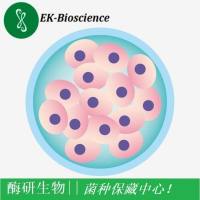Histochemical Mapping of Vertebrate Brains for Study of Evolution
互联网
471
Radical changes in life have evolved on Earth since the Cambrian period, radical changes in evolutionary theory have developed since the Darwinian period. The concept of gradual physical change in species is yielding to a more credible hypothesis of long epochs of genetic stability interrupted by bursts of multiple mutations, some providing improved survival, others creating physical features that are not necessarily better, but simply different. Of all specialized organ systems, the brain has changed the most in phylogenesis. Texts of comparative anatomy rarely describe the brain with greater perspective than its gross external form in the present decade, neurochemistry and histochemistry have kindled an interest in comparative neuroanatomy from a wholly new perspective, enabling explanations of cerebral evolution to surface that could not have been previously suspected by examining histologic sections, or even from tracing neural pathways within the brain.









